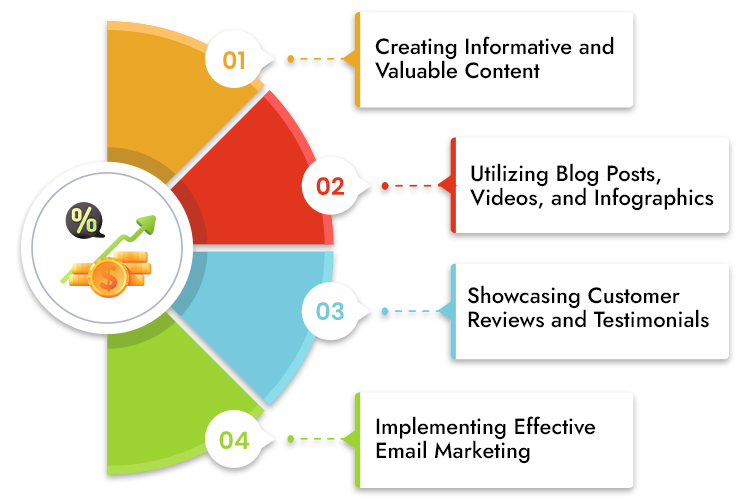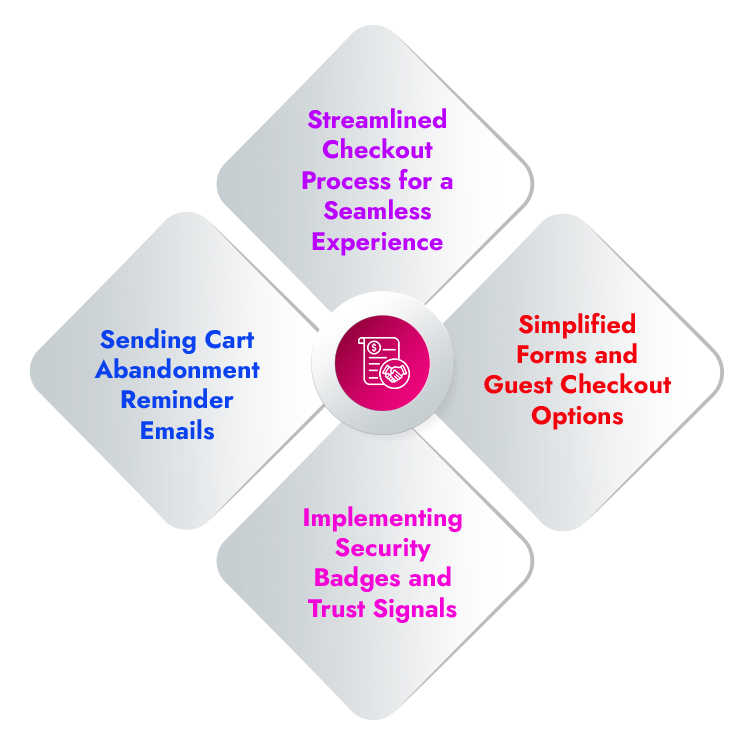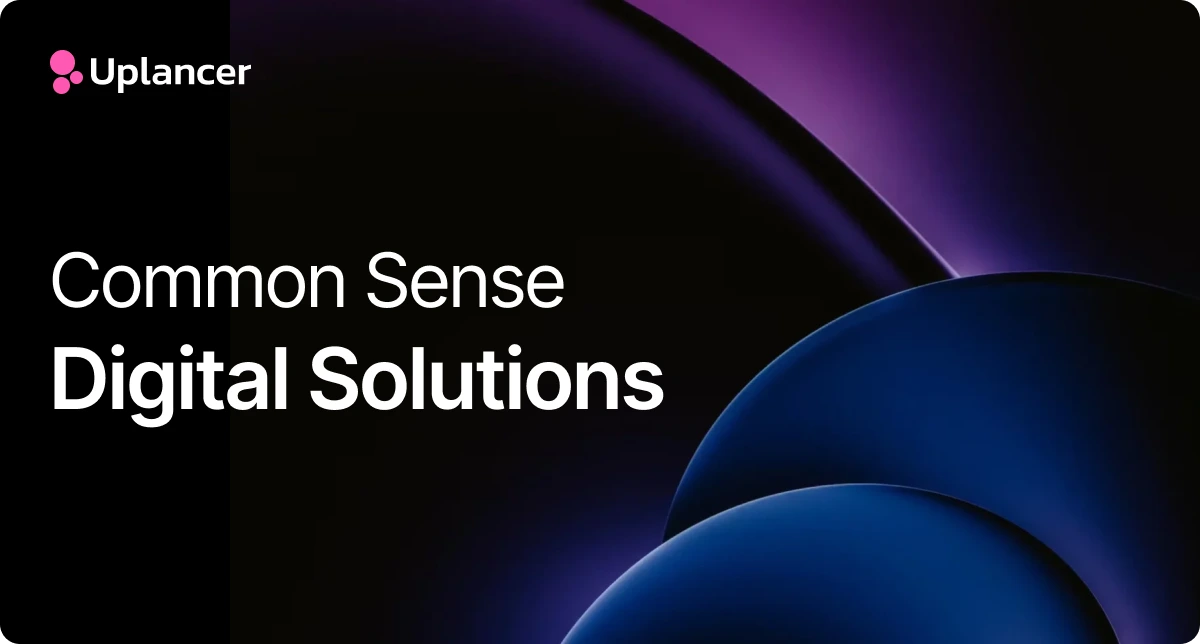Ecommerce Funnel Hacks: Turning Browsers into Buyers

In the ever-evolving landscape of online commerce, the ability to transform casual browsers into committed buyers is a paramount skill. This process is intricately tied to the concept of the ecommerce sales funnel—a strategic framework designed to guide potential customers through various stages of engagement until they make a purchase. Understanding and optimizing this funnel is the key to unlocking higher conversion rates and increased revenue. Welcome to this comprehensive guide where we’ll explore actionable tips and strategies to master each stage of the ecommerce sales funnel and effectively turn visitors into loyal customers.
Introduction: The Buyer’s Journey and the Ecommerce Sales Funnel
At the heart of successful ecommerce lies the profound comprehension of the buyer’s journey. Consumers rarely jump directly from discovering a brand to making a purchase; instead, they traverse through a series of well-defined stages. This journey is embodied in the ecommerce sales funnel, which visualizes the path a prospective customer takes from the initial encounter with a brand to the final purchase.
The aim of this blog is to empower you with proven techniques to harness the potential of each stage of the funnel. Let’s dive into the intricacies of the funnel, starting with the top.
1: Grabbing Attention – The Top of the Funnel

At the top of the ecommerce sales funnel lies the crucial task of grabbing your audience’s attention. This stage is all about making a strong first impression and enticing potential customers to explore further. Here, we’ll delve into the strategies and tactics that can effectively captivate visitors and encourage them to take the first step on their journey towards becoming loyal buyers.
Catchy Headlines and Compelling Visuals
The saying “you never get a second chance to make a first impression” holds especially true in the digital realm. Your website’s headline is often the first thing visitors see, and it should be both attention-grabbing and relevant to your brand and offerings. A well-crafted headline speaks directly to your target audience’s needs and desires, piquing their curiosity and encouraging them to stay.
Accompanying your headline should be compelling visuals that resonate with your brand’s identity and the emotions you want to evoke. High-quality images, graphics, and even short videos can convey your brand story and create an emotional connection with your audience. Visuals are powerful tools for conveying information quickly and creating a memorable experience that lingers in the minds of visitors.
User-Friendly Website Design
Imagine walking into a physical store and finding cluttered aisles, confusing signage, and products strewn about haphazardly. Chances are, you’d quickly exit and look for a better-organized store. Similarly, your website’s design plays a pivotal role in providing a seamless browsing experience.
A user-friendly website is easy to navigate, intuitive to use, and visually appealing. Navigation menus should be clear and logically organized, guiding visitors to different sections of your website without any confusion. Search functionality should be prominent and efficient, allowing users to find what they’re looking for quickly. Moreover, responsive design is essential to ensure your website looks and functions well across various devices and screen sizes.
Engaging Homepage and Landing Pages
Your homepage acts as a virtual storefront, welcoming visitors to explore your offerings. It should succinctly communicate your brand’s value proposition, telling visitors what sets you apart from competitors. Use concise yet impactful messaging to convey your brand’s mission, the benefits you offer, and the problems you solve for your customers.
Landing pages, on the other hand, serve as targeted entry points for specific campaigns or promotions. A well-designed landing page is tailored to a particular audience and objective. Whether it’s showcasing a new product, promoting a limited-time offer, or encouraging sign-ups for your newsletter, a landing page should have a clear and focused call-to-action (CTA).
Social Media and Online Ads
Online advertising have become indispensable tools for reaching a wider audience. Social media platforms offer unique opportunities to engage with potential customers, share valuable content, and build a community around your brand. Online ads, whether on search engines or social media platforms, allow you to target specific demographics, interests, and behaviors, ensuring your message reaches the right people.
When crafting social media posts or online ads, remember to focus on the benefits your products or services offer. Highlight how they can solve problems or enhance the lives of your target audience. Use persuasive copy and eye-catching visuals to capture attention and encourage clicks.
2: Sparking Interest – The Middle of the Funnel

As visitors move down the ecommerce sales funnel, they transition from being curious browsers to engaged and interested prospects. This middle stage is all about nurturing that interest and providing valuable content that keeps potential customers engaged with your brand. In this section, we’ll explore strategies to spark further interest, foster trust, and guide your audience towards making informed purchasing decisions.
Creating Informative and Valuable Content
Content is king, and in the middle of the funnel, it reigns supreme. Providing content that addresses your audience’s pain points, educates them about industry trends, or entertains them can establish your brand as a valuable resource. Regularly publishing blog posts, videos, and infographics can provide valuable insights and build credibility, keeping potential customers engaged and coming back for more.
By aligning your content with your target audience’s interests and needs, you position yourself as an authority in your field. Address common questions, provide solutions to challenges, and offer tips that showcase your expertise. This type of content not only sparks interest but also encourages visitors to see your brand as a valuable source of information.
Utilizing Blog Posts, Videos, and Infographics
Different people engage with content in different ways. Some prefer to read detailed articles, others enjoy watching videos, and some find infographics more digestible. Cater to various preferences by diversifying your content formats. Create comprehensive blog posts that delve deep into topics, produce engaging videos that explain complex concepts, and design infographics that distill information into visually appealing snippets.
Ensure that your content is well-researched, accurate, and actionable. Use a conversational tone that resonates with your audience, and always focus on delivering value. Additionally, make your content shareable across social media platforms, allowing your audience to spread the word and introduce your brand to their networks.
Showcasing Customer Reviews and Testimonials
One of the most effective ways to build trust and credibility is by showcasing customer reviews and testimonials. Positive feedback from real customers serves as social proof, validating your claims and reassuring potential buyers. When visitors see that others have had positive experiences with your products or services, they’re more likely to trust your brand and consider making a purchase.
Don’t shy away from including both positive and constructive reviews. Demonstrating that you value honest feedback and are committed to continuous improvement adds authenticity to your brand. Make these reviews easily accessible on your website, preferably near product listings, to help visitors make more informed decisions.
Implementing Effective Email Marketing Campaigns
Email marketing remains a formidable tool for nurturing leads and maintaining ongoing communication with potential customers. Through well-crafted email campaigns, you can continue to provide value, share informative content, and gently guide subscribers towards making a purchase.
Segment your email list based on subscriber interests, preferences, and behavior. This allows you to tailor your messages to specific groups, ensuring that your content resonates with each recipient. Send personalized product recommendations, share case studies that showcase the benefits of your offerings, and provide exclusive insights that make subscribers feel like part of an insider community.
3: Nurturing Desire – The Middle to Bottom of the Funnel

As prospects move further down the ecommerce sales funnel, they transition from being merely interested to actively desiring your products or services. This stage is about cultivating that desire, addressing any potential concerns, and guiding them towards a confident purchasing decision. In this section, we’ll delve into strategies that focus on personalization, building trust, and providing the information needed to make an informed choice.
Personalization and Targeted Recommendations
By now, you have gathered valuable data about your leads’ behavior, preferences, and interests. Utilize this data to deliver personalized experiences. Offer product recommendations that align with their browsing history and past interactions. Personalization makes customers feel understood and valued, increasing the likelihood of conversion.
Implementing recommendation engines and AI-driven algorithms can dynamically suggest products, increasing the chances of cross-selling and upselling complementary items. The more tailored the experience, the more likely visitors are to find products that resonate with their individual needs.
Offering Discounts, Promotions, and Exclusive Offers
At this stage, potential customers are close to making a decision. Offering discounts, promotions, or exclusive offers can provide the nudge needed to push them towards making a purchase. Limited-time offers create a sense of urgency, encouraging visitors to take action sooner rather than later.
These incentives can be tied to specific actions, such as subscribing to your newsletter, adding items to the cart, or making a purchase. Additionally, offering exclusive deals to loyal customers can foster a sense of loyalty and appreciation.
Building Trust Through Transparent Pricing and Return Policies
Trust is a cornerstone of successful ecommerce relationships. Displaying transparent pricing and clear return policies is essential for building credibility. When potential customers feel confident that they know the total cost and understand the return process, they’re more likely to move forward with a purchase.
Communicate pricing clearly, including any additional costs such as shipping fees or taxes. Make your return and refund policies easily accessible, addressing common concerns and showcasing your commitment to customer satisfaction.
Providing Detailed Product Information and Comparisons
Informed decisions are confident decisions. Provide comprehensive product information, including detailed descriptions, specifications, and high-quality images. Highlight the unique features and benefits of each product, allowing visitors to assess how they align with their needs.
Furthermore, offer comparison tools that allow customers to weigh the pros and cons of different options. A side-by-side comparison can simplify the decision-making process, ensuring that customers are well-equipped to choose the product that best suits their requirements.
4: Sealing the Deal – The Bottom of the Funnel

The bottom of the ecommerce sales funnel is where the culmination of efforts takes place—the moment when potential customers are ready to make a purchase. This stage is all about streamlining the process, minimizing any obstacles, and ensuring a seamless experience that encourages visitors to convert into paying customers. In this section, we’ll delve into strategies that focus on simplifying the checkout process, building trust, and addressing common concerns.
Streamlined Checkout Process for a Seamless Experience
At this critical juncture, a complicated or time-consuming checkout process can lead to cart abandonment. A streamlined and efficient checkout experience is essential for maximizing conversions. Minimize the steps required to complete a purchase, ensuring that the process is intuitive and straightforward.
Avoid requesting unnecessary information during checkout. Only ask for essential details such as shipping address, payment information, and contact information. The goal is to reduce friction and make it as easy as possible for customers to finalize their purchases.
Simplified Forms and Guest Checkout Options
Filling out lengthy forms can be a deterrent to completing a purchase. Simplify the checkout forms by only requesting essential information. Consider offering a guest checkout option that allows customers to make a purchase without creating an account. While account creation can provide long-term benefits, it shouldn’t hinder the immediate purchase decision.
Guest checkout enables first-time buyers to complete their transactions quickly and effortlessly, increasing the chances of conversion. At the same time, give customers the option to save their information for future purchases, making the account creation process a convenient next step.
Implementing Security Badges and Trust Signals
Online security is a paramount concern for customers. Display security badges, trust signals, and icons that indicate secure payment methods prominently throughout the checkout process. These visual cues reassure customers that their sensitive information is protected, mitigating concerns about data breaches or fraud.
Additionally, clearly communicate your commitment to data privacy and security on your website. Provide information about the encryption protocols you use and the measures you take to safeguard customer information.
Sending Cart Abandonment Reminder Emails
Not all customers who abandon their carts are lost causes. Often, they may have been distracted or had reservations that can be addressed. Implement cart abandonment reminder emails to gently remind customers of the items they left behind.
These emails can serve as a helpful nudge and an opportunity to address any concerns the customer may have had. Include compelling product descriptions, images, and a clear CTA to return to their cart and complete the purchase.
5: Post-Purchase Engagement

Congratulations! A customer has completed a purchase and crossed the finish line of the ecommerce sales funnel. But the journey doesn’t end here; it’s only the beginning of a new phase—post-purchase engagement. This section delves into strategies for nurturing the customer relationship after the sale, turning one-time buyers into loyal advocates who return for more and recommend your brand to others.
Sending Order Confirmation and Shipping Updates
Promptly send an order confirmation email to reassure customers that their purchase was successful. This email should include an order summary, shipping details, and contact information in case they have any questions or concerns. Clear communication helps build trust and sets the tone for the customer’s overall experience.
As the order is shipped, provide regular updates on its status. Share tracking information and estimated delivery dates, allowing customers to anticipate the arrival of their purchase. This not only adds excitement but also demonstrates your commitment to transparency.
Requesting Feedback and Reviews
Feedback is a powerful tool for improvement. After the customer has received their order and had a chance to use the product, send a follow-up email requesting their feedback. Be genuine in your approach, expressing gratitude for their purchase and interest in their thoughts.
Customer reviews and testimonials are goldmines for building credibility and trust. Positive reviews serve as social proof, influencing other potential customers. Make it easy for customers to leave reviews by providing links and clear instructions.
Upselling and Cross-Selling
Post-purchase engagement is an opportune time to suggest additional products that complement the customer’s purchase. Recommend related items or accessories that enhance their experience. Highlight how these products can add value or convenience to what they’ve already bought.
Personalize these recommendations based on the customer’s past purchases and preferences. For instance, if a customer bought a camera, you could suggest camera bags, memory cards, or photography books.
Loyalty Programs and Repeat Customer Incentives
Rewarding customer loyalty can lead to repeat business and word-of-mouth referrals. Implement a loyalty program that offers discounts, exclusive offers, or points for each purchase. These rewards incentivize customers to return and continue engaging with your brand.
Repeat customer incentives can include special promotions, early access to new products, or even a personalized thank-you note. These gestures make customers feel valued and recognized, enhancing their overall experience.
Conclusion: Harnessing the Power of the Ecommerce Funnel
The ecommerce sales funnel is a multifaceted journey that transforms casual visitors into loyal customers. Each stage—from grabbing attention at the top of the funnel to analyzing data for continuous improvement—is a pivotal part of the process. By crafting compelling headlines, creating informative content, nurturing desire, sealing the deal, engaging post-purchase, and embracing analytics, you’re equipped with a comprehensive toolkit to guide potential customers through their buying journey.
The potential impact of implementing these ecommerce funnel hacks is immense. You have the power to turn browsers into buyers, build lasting relationships, and drive sustained growth for your online business. So, go forth, apply these strategies, and embark on a journey of transformation that leads to success in the dynamic world of ecommerce. Remember, adaptation and refinement are the keys to staying ahead, and the journey is as exciting as the destination itself.












